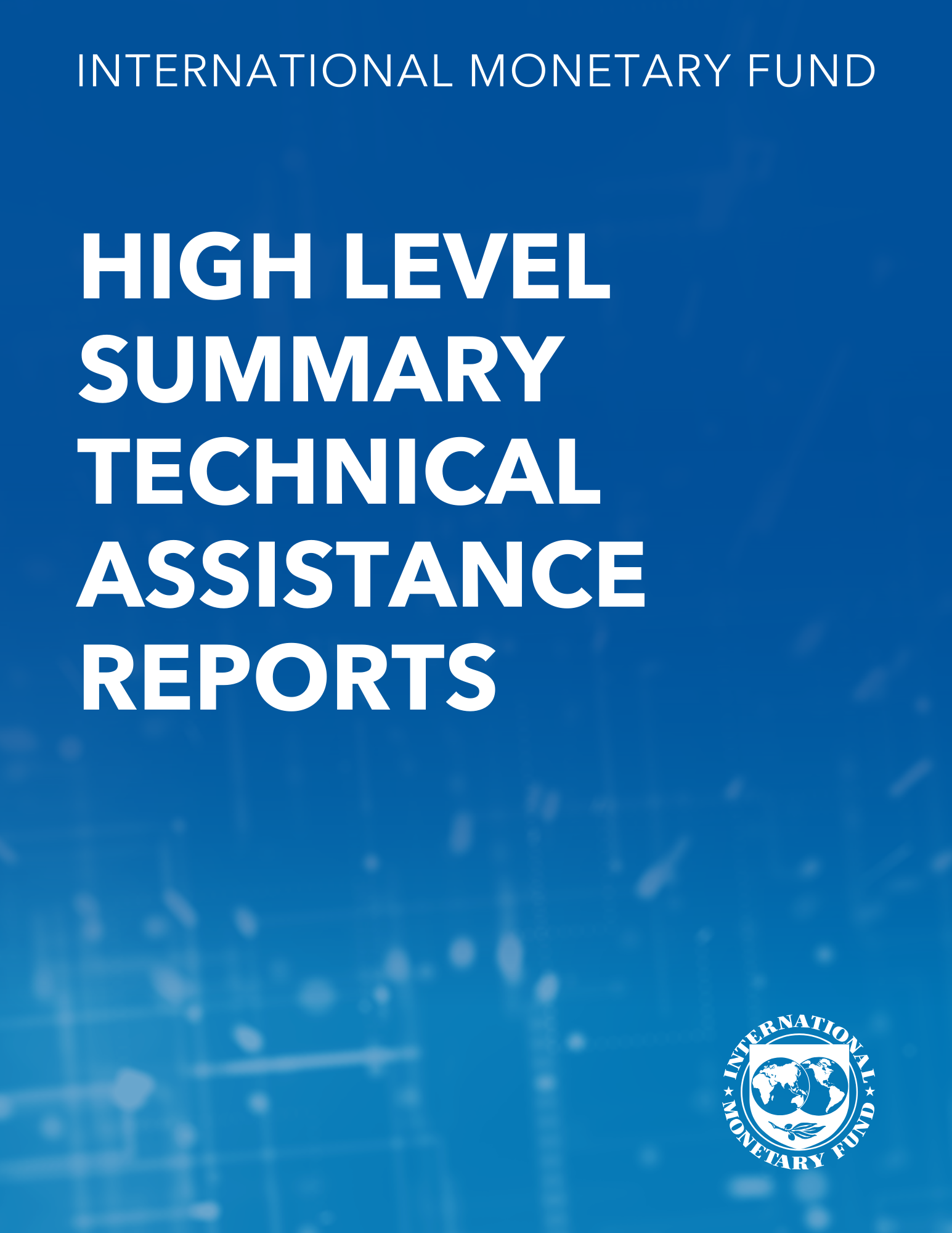Common Volatility Trends in the Central and Eastern European Currencies and the Euro
September 1, 2006
Disclaimer: This Working Paper should not be reported as representing the views of the IMF.The views expressed in this Working Paper are those of the author(s) and do not necessarily represent those of the IMF or IMF policy. Working Papers describe research in progress by the author(s) and are published to elicit comments and to further debate
Summary
How much convergence has been achieved between Central and Eastern European (CEE) economies and the eurozone? We explore this question by comparing long-run volatility trends in CEE currencies and the euro. We find that these trends are closely correlated, pointing to convergence in the economic and financial structures of these economies. Nonetheless, the degree of commonality remains weaker than what had been found for major European currencies before the introduction of the euro. Spillovers of volatility across regional markets appear to have diminished over time, with the exception of the Hungarian forint, which remains a source of volatility shocks to regional currencies.
Subject: Currencies, Currency markets, Economic integration, Exchange rates, Financial markets, Financial sector policy and analysis, Foreign exchange, Monetary unions, Money, Spillovers
Keywords: CEE country, CEE currency, CEE economy, Central Europe, convergence, Currencies, currency, Currency markets, Eastern Europe, exchange rate, Exchange rates, GARCH, Italian lira, Monetary unions, Polish zloty, series consist, Spillovers, volatility, volatility spillover, WP
Pages:
31
Volume:
2006
DOI:
Issue:
206
Series:
Working Paper No. 2006/206
Stock No:
WPIEA2006206
ISBN:
9781451864663
ISSN:
1018-5941






